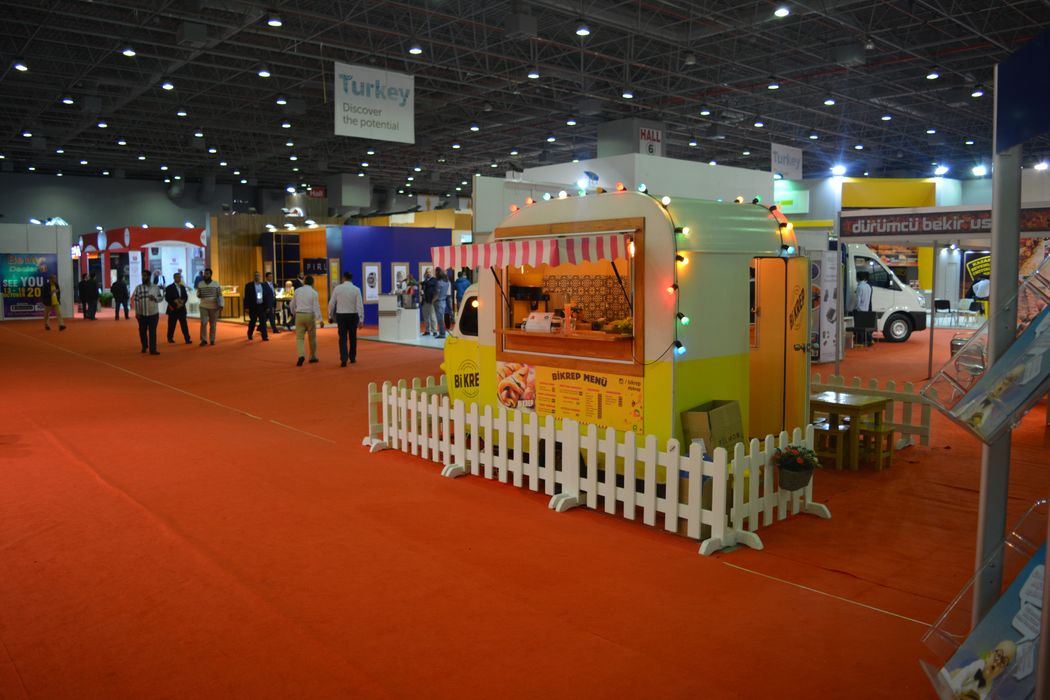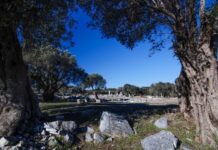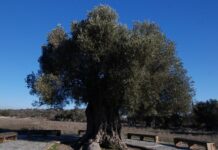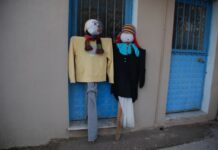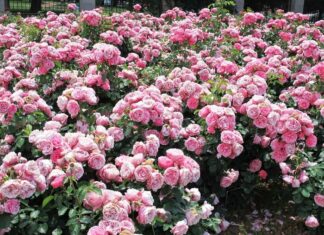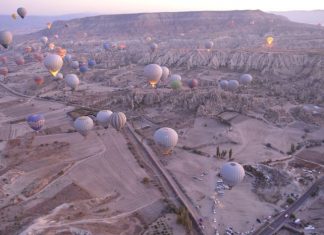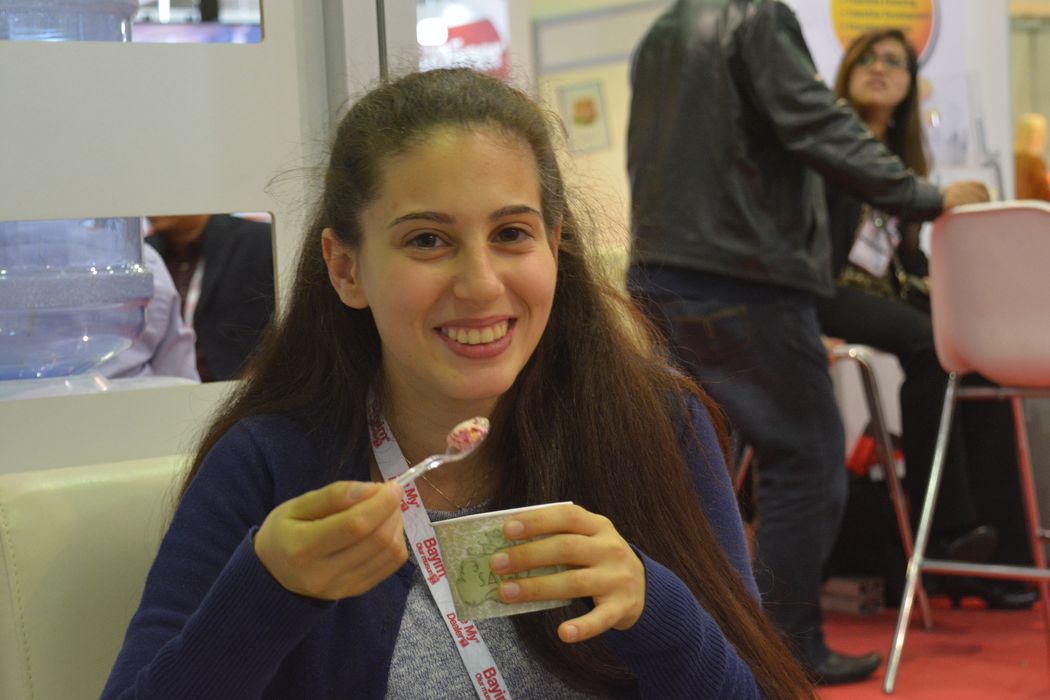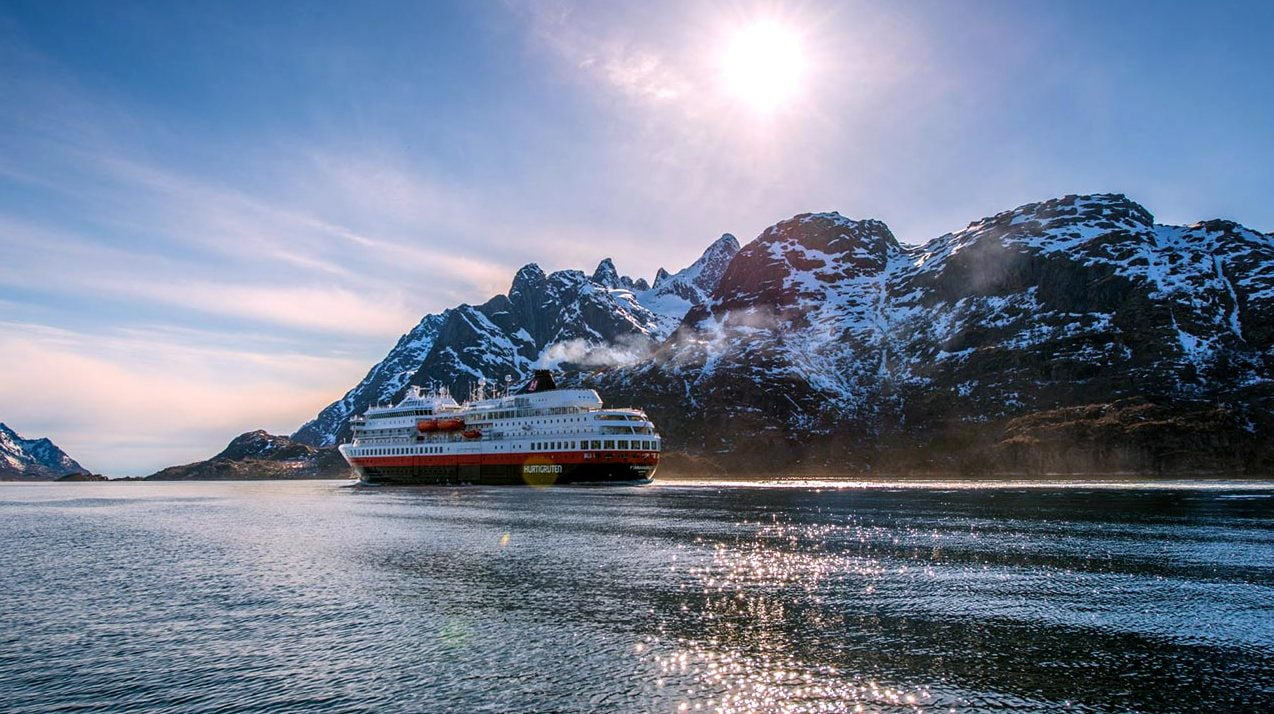Funeral customs
The Damascenes observe an admirable order in funeral processions. They walk in front of the bier while reciters intone the Koran in beautiful and affecting voices, and pray over it in the Cathedral mosque. When the reading is completed the muezzins rise and say “Reflect on your prayer for so-and-so, the pious and learned,” describing him with good epithets, and having prayed over him they take him to his grave.
Ibn Battuta leaves Damascus with the annual pilgrim caravan
When the new moon of the month Shawwal appeared in the same year [1st September 1326], the Hijaz caravan left Damascus and I set off along with it. At Bosra the caravans usually halt for four days so that any who have been detained at Damascus by business affairs may make up on them. Thence they go to the Pool of Ziza, where they stop for a day, and then through al-Lajjun to the Castle of Karak. Karak, which is also called “The Castle of the Raven,” is one of the most marvellous, impregnable, and celebrated of fortresses.
It is surrounded on all sides by the river-bed, and has but one gate, the entrance to which is hewn in the living rock, as also is the approach to its vestibule. This fortress is used by kings as a place of refuge in times of calamity, as the sultan an-Nasir did when his mamluke Salar seized the supreme authority. The caravan stopped for four days at a place called ath-Thaniya outside Karak, where preparations were made for entering the desert.
Thence we Journeyed to Ma’an, which is the last town in Syria, and from ‘Aqabat as-Sawan entered the desert, of which the saying goes: ” He who enters it is lost, and he who leaves it is born.”
Crossing the desert from Syria to Medina
After a march of two days we halted at Dhat Hajj, where there are subterranean waterbeds but no habitations, and then went on to Wadi Baldah (in which there is no water) and to Tabuk, which is the place to which the Prophet led an expedition.
The great caravan halts at Tabuk for four days to rest and to water the camels and lay in water for the terrible desert between Tabuk and al-Ula. The custom of the watercarriers is to camp beside the spring, and they have tanks made of buffalo hides, like great cisterns, from which they water the camels and fill the waterskins. Each amir or person of rank has a special tank for the needs of his own camels and personnel; the other people make private agreements with the watercarriers to water their camels and fill their waterskins for a fixed sum of money.
Read More about Ibn Battuta part 37
